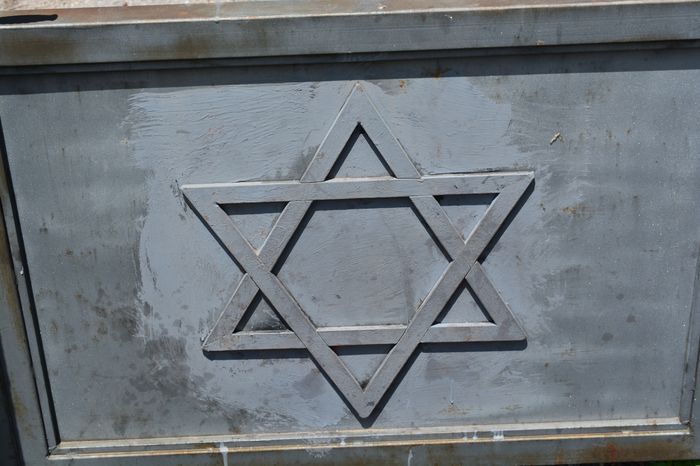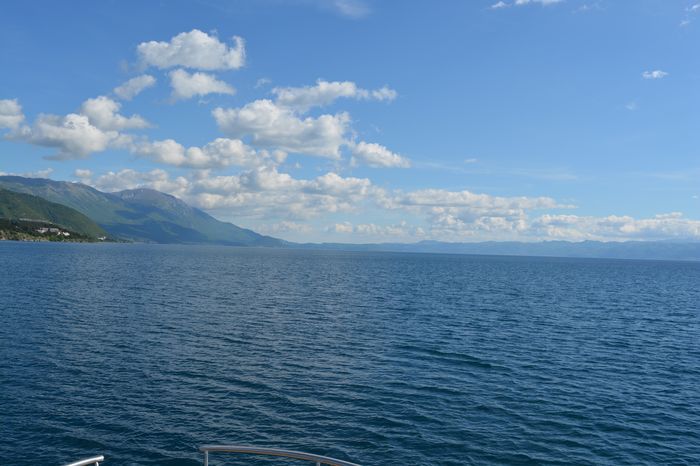To omit all reference, however brief, to the influence of ladies in the public life of Constantinople while Theodosius II. occupied the throne would be to omit an important feature of the time; a feature which often reappeared in the subsequent life of the Empire and profoundly affected the course of its history. Pulcheria, the sister of Theodosius II., was the power behind her brother’s throne. She directed his education, arranged his marriage, and was, with brief interruptions, the presiding genius of his career. The vow of virginity which she had taken, and which she persuaded her sisters to take, her charities, her activity in building churches, her orthodoxy, all rendered her popular in devout circles and with the dominant ecclesiastical party.
To her was due the strong religious tone of the Court, and in the theological disputes that agitated the Church and the State in her day she took an active interest, and helped materially to determine the particular form of their settlement Her opposition to Nestorius and Eutychius had much to do with the condemnation of their views. And notwithstanding the occasional loss of her influence over a brother who was too weak to adhere steadily to a single course, she triumphed at last over all her rivals, and upon his death mounted the throne as the consort of Marcian.
The story of Athenais, and her marriage to Theodosius II., is well known, but it will always retain the attraction which belongs to a life in which romance and tragedy acted their opposite parts. A beautiful and talented girl, brought up as a pagan by her father Leontius, who cultivated philosophy in the schools of Athens, she came to Constantinople to seek redress for what she deemed a great wrong. Her father, at his death, had divided his fortune between his sons, and left her to struggle with the world almost penniless.
This arrangement was a philosopher s eccentric way of indicating his appreciation of his daughter’s loveliness and genius, and his confidence that they would win greater success for their possessor than any prosperity his money could ever secure. But either because of her modesty or her practical sense, Athenais differed from her father on that point, and wished his decision reversed. We can readily imagine how her story would circulate in the society of the capital, and make its heroine a topic of general conversation and interest. It raised so many questions to discuss, it appealed to the sympathy of so many feelings. Naturally, the charming girl was introduced to Pulcheria.
She soon won the affection and admiration of the princess, under whose austerities a woman’s heart still beat, and it was not long before Pulcheria thought she could do more for Athenais than obtain for her a share in the fortune of Leontius. In fact she considered no one so fit to become the Emperor’s wife. The interest of Theodosius was readily excited by a description of the maiden’s charms: large eyes, the nose of Aphrodite, a fair complexion, golden hair, a slender figure, graceful manners, clever, accomplished, and “ of wondrous virtues.” Accom-panied by his friend Paulinus istanbul black sea blue gate, he went to his sister’s apartments, and standing concealed behind a curtain, saw the fair form and was conquered.
Joseph in Egypt
So Athenais received baptism, and under the name of Eudocia became the bride of the Emperor of the East Like Portia, her father had scanted her and hedged her by his wit that she might reach the pinnacle of human joys. And with the spirit of Joseph in Egypt she forgave the brothers who had injured her, summoned them to Constantinople, and secured for them high positions. Her talents appeared in her writings, and in her friendship with the mast intelligent men of the day.
But erelong clouds began to gather on this sunny sky. First came the natural rivalry between herself and Pulcheria as to whether a wife’s influence or a sister’s would be stronger over the mind of the Emperor; then estrangement, due to their different temperaments and education; then diversity of theological opinion, Eudocia taking the side opposite to Pulcheria in the controversy raised by Nestorius. But perhaps these clouds might have passed away, and the heavens grown radiant again, had not the friendship between the Empress and Paulinus aroused the jealousy of Theodosius, and excited his worst suspicions.
According to a discredited tale the crisis was brought about under the following circumstances:—“One day the Emperor was met by a peasant who presented him with a Phrygian apple of enormous size, so that the whole Court marvelled at it. And he gave the man a hundred and fifty gold pieces in reward, and sent the apple to the Empress Eudocia. But she sent it, as a present to Paulinus, the Master of the Offices, because he was a friend of the Emperor. But Paulinus, not knowing the history of the apple, took it and gave it to the Emperor as he reentered the palace.








